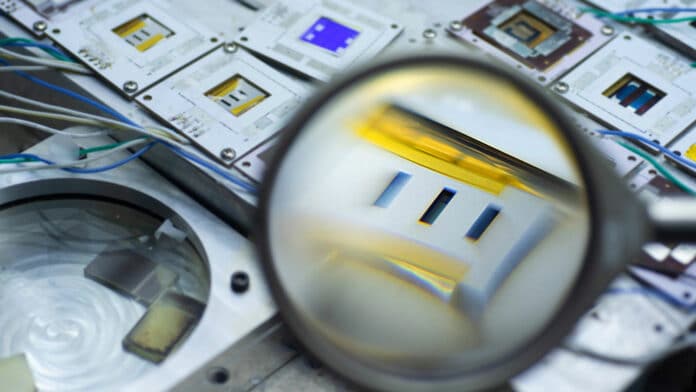Perovskites are semiconductors with a unique crystal structure that can absorb and emit light, making them well suited for solar cell technology. They can be manufactured at room temperature, using much less energy than silicon, making them cheaper and more sustainable to produce. While silicon is stiff and opaque, perovskites can be made flexible and transparent, extending solar power well beyond the iconic panels. But unlike silicon, perovskites are notoriously fragile.
Now, Princeton Engineering researchers have developed the first perovskite solar cell with a commercially viable lifetime, marking a major milestone for an emerging class of renewable energy technology.
The team claims the device can perform above industry standards for around 30 years, far more than the 20 years used as a threshold for viability for solar cells. The device is not only highly durable, but it also meets common efficiency standards. Researchers say their technology is the first of its kind to rival the performance of silicon-based cells, which have dominated the market since their introduction in 1954.
The projected lifetime of the new device represents a five-fold increase over the previous record, set by a lower efficiency perovskite solar cell in 2017. According to the researchers, however, their accelerated aging technique might actually be more significant than their new device.
“We might have the record today,” lead researcher Lynn Loo said. “but someone else is going to come along with a better record tomorrow. The really exciting thing is that we now have a way to test these devices and know how they will perform in the long term.”
The new long-term testing method speeds up the aging process by illuminating the perovskite solar cell device while blasting it with heat. The researchers chose four aging temperatures and measured results across these four different data streams, from the baseline temperature of a typical summer day to an extreme of Fahrenheit.
The results showed a device that would perform above 80% of its peak efficiency under continuous illumination for at least five years at an average temperature of 95 degrees Fahrenheit. Loo said the lab is equivalent to 30 years of outdoor operation in an area like Princeton, New Jersey.
“This paper is likely going to be a prototype for anyone looking to analyze performance at the intersection of efficiency and stability,” said Joseph Berry, a senior fellow at the National Renewable Energy Laboratory and who was not involved in this study. “By producing a prototype to study the stability and showing what can be extrapolated [through accelerated testing], it’s doing the work everyone wants to see before we start field testing at scale. It allows you to project in a way that’s really impressive.”
